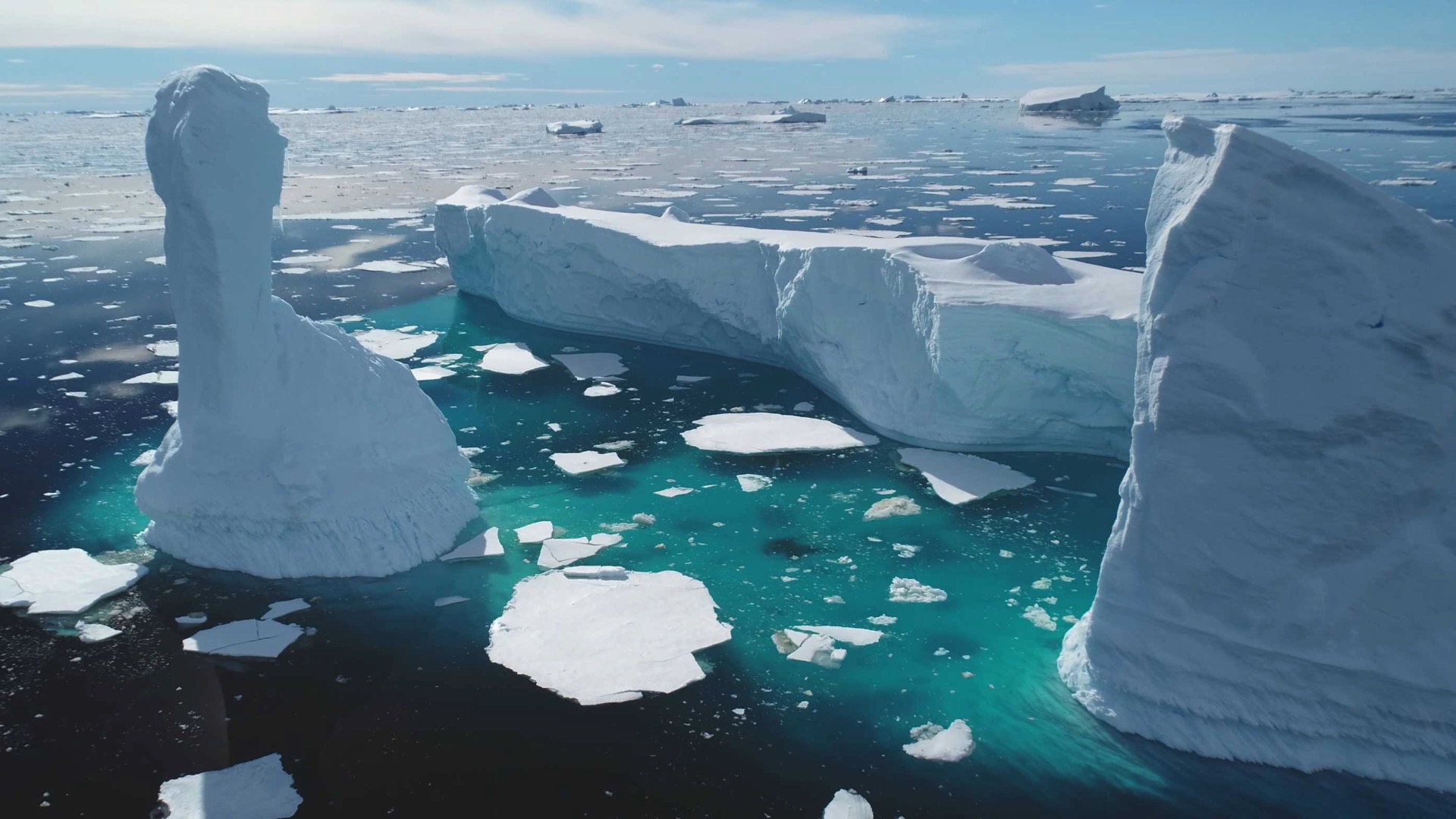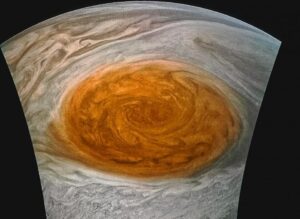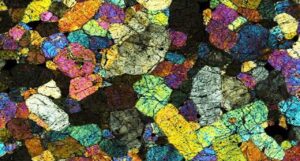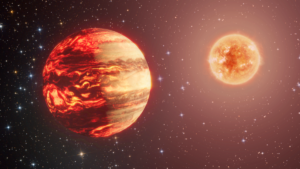For centuries, human actions have had little effect on the Earth’s movements, ie. its speed and axis of rotation.
These motions are driven primarily by the moon’s gravitational pull and internal processes in the core and mantle.
But now the melting of the ice sheets caused by human activity is interfering with these natural movements.
A new study reveals that Earth’s spin axis is “shifting” due to climate change and the planet’s internal dynamics.
Researchers at ETH Zurich have used cutting-edge AI models to better understand polar motion, which is the movement of the Earth’s spin axis relative to the Earth’s crust.
The study predicts that if greenhouse gas emissions continue to rise, they will eventually overwhelm the long-standing influence of the moon’s tidal force. For billions of years, the moon has determined the constant lengthening of our days.
“We humans have a greater impact on our planet than we realize. And this naturally places a great responsibility on us for the future of our planet,” said Benedict Soya, Professor of Space Geodesy in the Department of Civil, Environmental and Geomatics Engineering at ETH Zurich.
Lengthening the days
Two recent studies have explored a surprising link between the melting of the ice caps, the planet’s wobbles and the length of our days.
Melting ice at the poles redistributes mass toward the equator, slowing the Earth’s rotation. Water moves from the poles to the equator, upsetting the Earth’s balance.
As ice melts on Earth’s surface, it slows the planet’s rotation and lengthens the day. Research from ETH Zurich shows that the delay slightly lengthens our days – just a few milliseconds compared to the typical 86,400 seconds.
There is a law in physics called conservation of angular momentum. This basically says that a spinning object likes to keep spinning at the same speed unless something forces it to change. The rotation of the Earth also follows this rule. The melting ice redistributes the mass, and this shift, according to the law, slows the rotation of the Earth.
“This means that there is a change in mass, and this affects the rotation of the Earth,” Soya explained.
Impact on the Earth’s core
Researchers have also studied why and how the Earth’s axis moves gradually over long periods. The team used physics-informed neural networks to create the most comprehensive model to date, explaining how motions in the Earth’s core, mantle and surface climate contribute to polar motion.
The two studies highlight the complex web of interactions within Earth. Events at the surface, such as ice melting, can have consequences deep in the core and vice versa.
“Climate changes cause the Earth’s spin axis to move, and the feedback from the conservation of angular momentum also appears to change the dynamics of the Earth’s core,” Soya explained.
“Continued climate change may therefore even affect processes deep within the Earth and have a larger scope than previously thought,” added Kiani Shahwandi, the study’s lead author and PhD student, in the press release.
They emphasize that these major changes are very small and not a cause for concern. However, this research offers valuable insight into the complex ways in which climate change is affecting our planet.
Both studies were published in Nature Geoscience and Proceedings of the National Academy of Sciences (PNAS) magazines.
FOR THE EDITOR
Mrigakshi Dixit Mrigakshi is a science journalist who enjoys writing about space exploration, biology and technological innovation. Her work has been featured in well-known publications including Nature India, Supercluster, The Weather Channel and Astronomy magazine. If you have any suggestions in mind, please feel free to shoot her an email.



